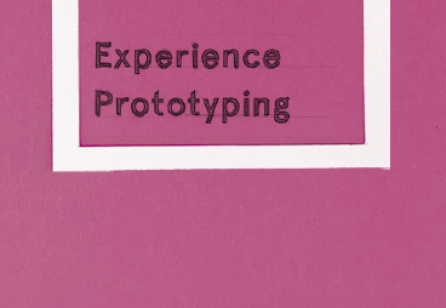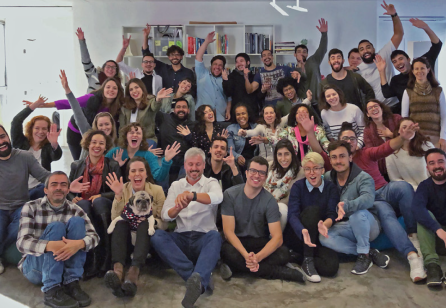What are the key ingredients necessary in delivering an exceptional end-to-end service experience at scale? How do service designers help?
Boris Divjak: All the pieces must fit well together. The experience is the tip of the iceberg, it must be supported by the organisation’s culture and vision that influence operational processes on all levels. Quick feedback loops to learn and improve are key as well.
Dennis Hambeukers: Tools and methods of service design help to constantly slip into the shoes of users, co-create between departments, and iteratively develop and improve solutions. What is essential for this is budget, time and money, for the core service design team as well as the extended project team to be able to really do service design on a sustainable basis.
In the end it's all about the people: employee engagement and continuous stakeholder feedback loops. New services mostly involve change for people. The sustainable success of the service depends on people's willingness to change which keeps on changing when circumstances change and new insights emerge.
People have to work with the right mindset and keep an open communication line with all stakeholders is a key part of that: not just the end users, but all of them. One of the ways service designers can help is by making things visible and concrete. By doing that they can create a platform for people to come together and communicate on the same level.
Jamin Hegeman: Service design tools like journey maps, vision stories, and service blueprints, are key to foster alignment and set direction. However, to deliver, teams have to be organized around the end-to-end experience, and they need experience management processes to ensure the connect between the intent and the iteration and course changes that take place during execution.
Service designers play multiple roles, from understanding the customer, setting vision, helping create the experience management processes, to executing various touchpoints.
Marc Stickdorn: Service designers are experts on facilitating service design projects, but there are mostly not experts on specific subject matters—and they don't need to be. They can help to establish service design (or however your organisation calls what we're doing) as a common language within the organisation connecting various departments and disciplines.
Timo Patiala: Delivering exceptional service experience throughout the journey requires a holistic approach to customer experience. It means that the company needs to understand all the touchpoints where they interact with the client, whether they are social, spatial or digital and provide equally good experiences through all of them.
This is where many stumble, they might provide fantastic digital experiences as they have focused so much on one outlet but then when the same customer experiences a social or spatial interaction and it doesn’t match the expectation from the previous experience, the overall customer experience actually suffers. In short, look at customer experience holistically and this one of the areas where Hellons service designers helps our clients.









Share your thoughts
0 RepliesPlease login to comment